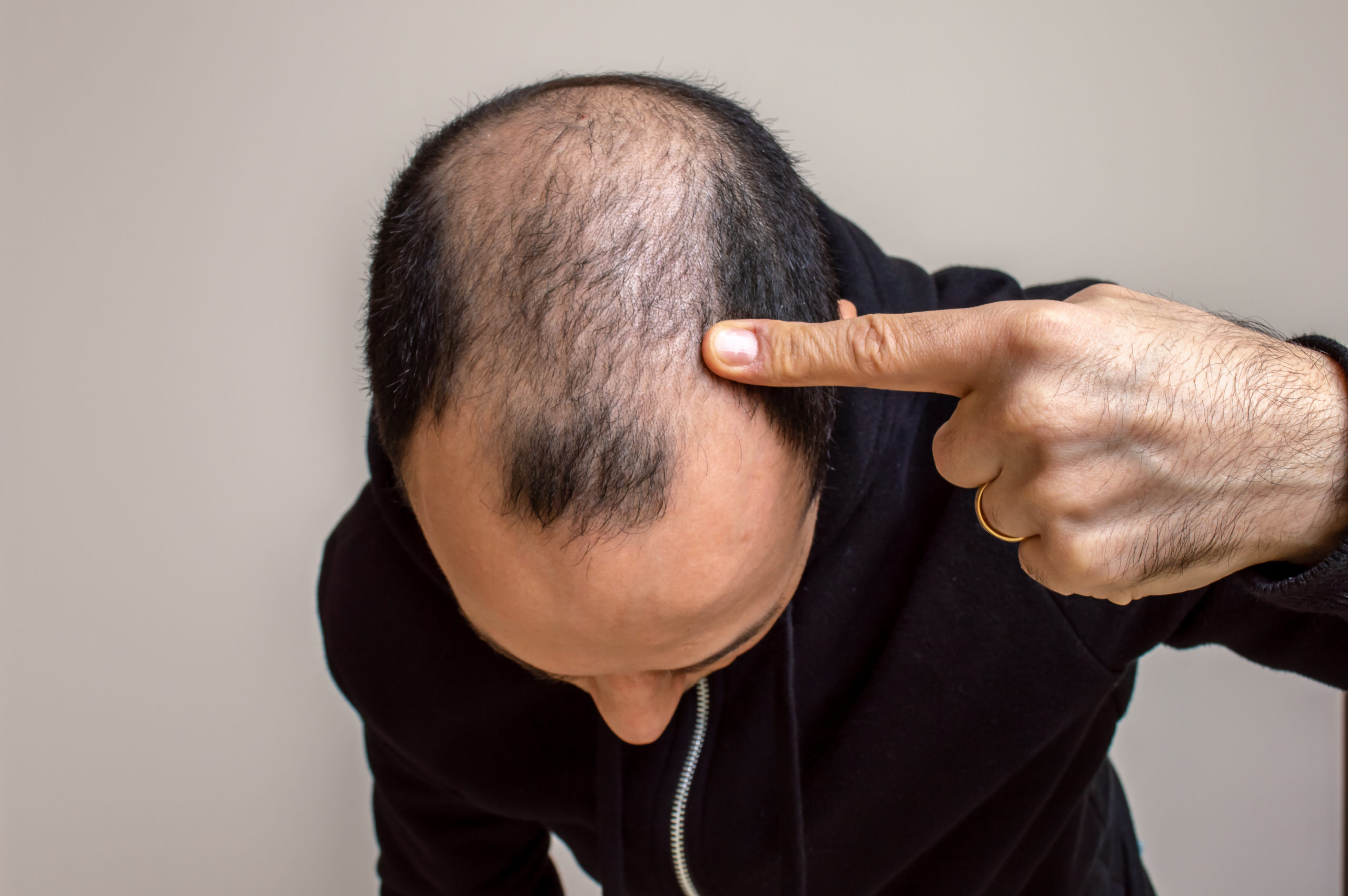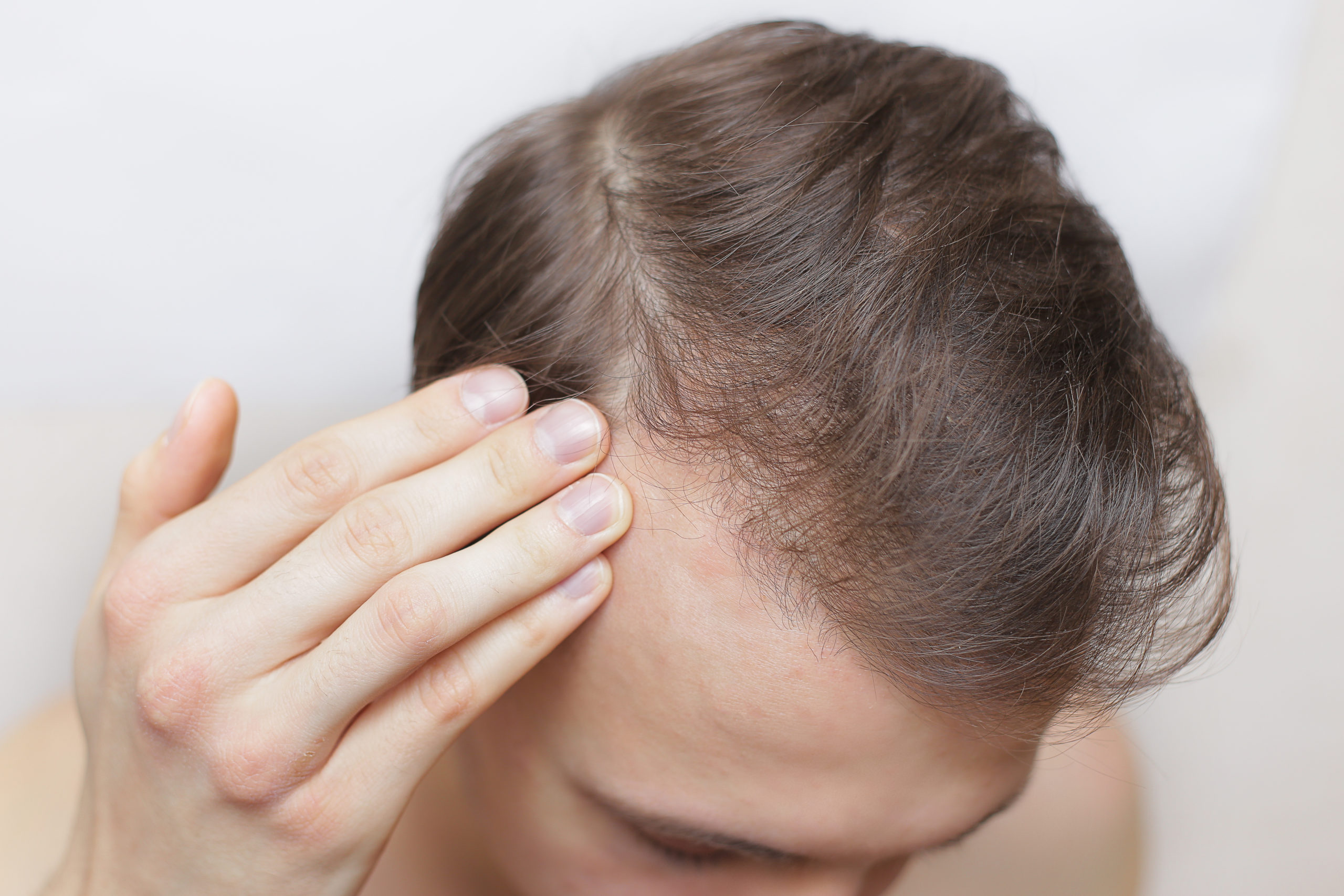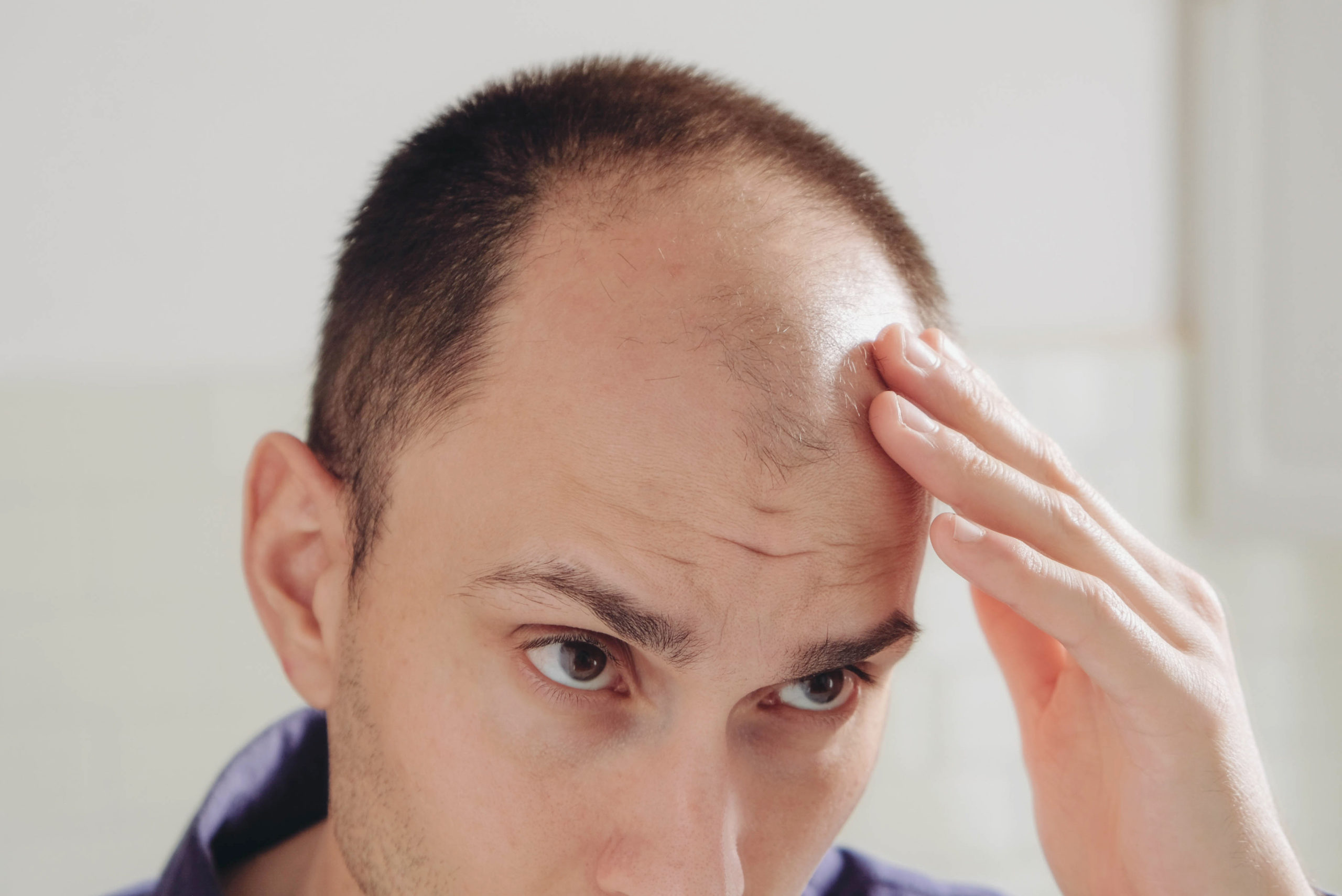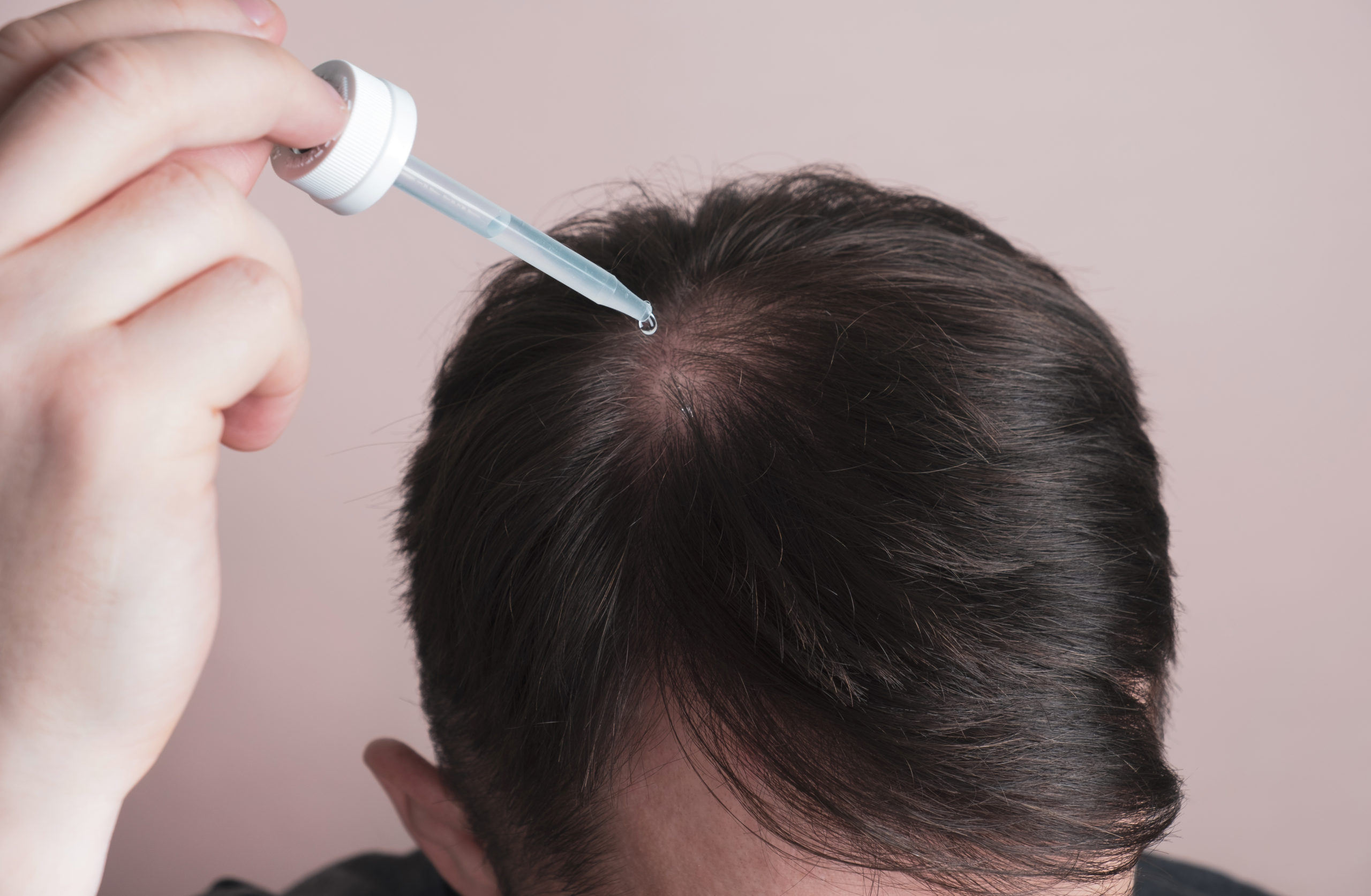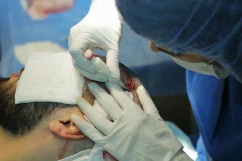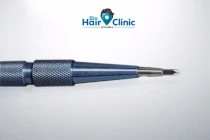What is Hair Restoration Surgery and How Long Does it Take?
Hair restoration is a popular aesthetic treatment for men and women who wish to restore their hair and reverse their hair loss. Although going grey and losing your hair are both natural processes, when this happens prematurely it can be incredibly distressing. Equally, hair shedding and halted hair growth can cause significant self-confidence problems.
If losing your hair is concerning you, hair loss treatment would not only restore your hair but it will restore your confidence too.
Summary
- What are Different Treatment Options Available for Hair Loss?
- Are there Different Hair Restoration Treatments?
- What Treatment is Recommended after Hair Restoration Surgery?
- Conclusion
What are Different Treatment Options Available for Hair Loss?
Depending on the severity of the issue, several treatment methods are available to deal with hair thinning and baldness. We often recommend hair-strengthening treatments in the early phases. Advice often includes using oil-enriched shampoos, minoxidil, and encouraging the patient to follow a more nutrient-dense diet.
However, after the patient’s hair follicles have died and the hair loss has become irreversible, we are left with just one hair restoration option: hair transplantation.
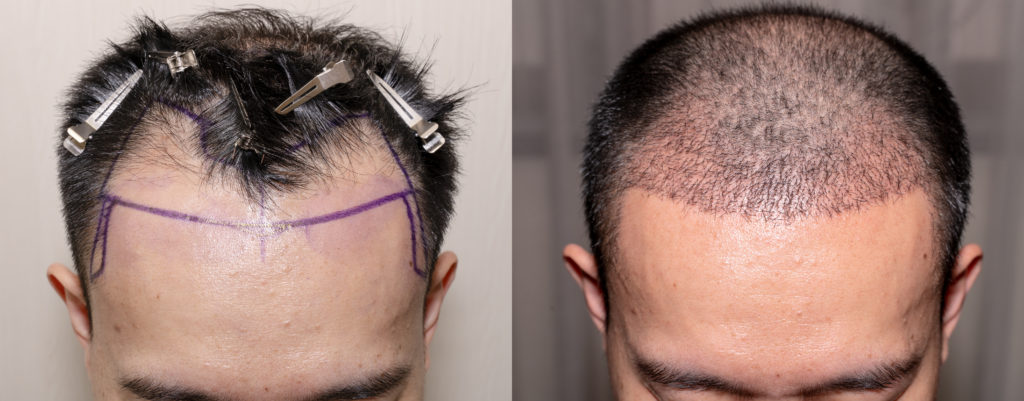
What is Hair Transplantation?
A hair transplant is a process that involves implanting one’s hair into a bald area. It’s a regular occurrence nowadays, to move hair from a healthy area to a balding area performed by a highly-trained hair restoration surgeon in order to achieve natural-looking results.
Who is Eligible for Hair Transplantation?
Hair surgery is generally performed following a thorough examination of the condition of your hair loss situation. People who are good candidates for hair transplantation are people with hair loss or thinning hair who have sufficient hair in their donor area.
Women with pattern hair loss on the scalp are also suitable for hair restoration treatments, but the procedure depends on the patient’s health. Furthermore, the severity of the hair loss needs to be assessed.
Those who aren’t suitable for a hair transplant are people who:
- Don’t have enough hair in the “donor area” to extract hair from
- Have lost their hair as a result of medical treatment, such as chemotherapy
- Whose types of hair loss is naturally reversible or does not respond well to treatment such as alopecia areata
Are there Different Hair Restoration Treatments?
Our hair restoration treatments are carried out in our hair transplant clinic in Istanbul, Turkey. Following the patient’s hair analysis, the hair transplant journey begins. You will be sent all the documents before coming to Turkey. Then when you arrive, you will be given a warm welcome and talked through the whole process.
There are 3 main techniques that we use at the Biohair clinic: Follicular Unit Extraction, Direct Hair Implantation (DHI), and the Sapphire technique. We use the FUE method over FUT (follicular unit transplantation) for graft extraction as the strip of skin that is removed causes a visible scar on the patient. The doctor will choose the type of transplant technique according to the patients’ condition, in order to achieve the most natural results.

Follicular Unit Extraction (FUE)
The FUE process is used for every treatment in order to extract the hair grafts. The steps for the FUE procedure are as follows:
- The medical team will shave the rear of the patient’s scalp and clean the scalp.
- Using a local anaesthetic, areas of the scalp are numbed.
- The individual hairs from the donor area will next be removed one by one.
- The hair grafts are then placed into a nutrient-rich solution.
Direct Hair Implantation (DHI)
The steps for the DHI procedure are as follows:
- The hair grafts are taken from the nutrient solution and inserted into the CHOI pen tool.
- Using the pen, the hairs are directly implanted into the scalp without the need for prior channel openings.
- The grafts are implanted until the balding area is full of hair.
- Then the doctor will explain the aftercare procedure.
Sapphire Hair Transplant Technique
The steps for the sapphire procedure are as follows:
- After the hair follicles have been extracted, channels in the recipient area are formed with the sapphire blade
- Individual V-shaped channels are made in the recipient area that tightly hug the hair graft.
- This technique speeds up the healing process.
Depending on the size of the transplant area, the surgery will take between 4 and 8 hours.
What Treatment is Recommended after Hair Restoration Surgery?
After the hair surgery, you will receive an aftercare package that includes a neck pillow, medication, and a protective hat. You will also be given a detailed aftercare leaflet with all the “dos and don’ts” for your hair care in order to get the best results from your hair restoration. Most people do not experience severe side effects and can return to work within two to five days following surgery.
Minoxidil or finasteride may be advised after the hair transplantation in order to further encourage hair growth amongst the transplanted hair. However, this will be discussed with you before your surgery.
Conclusion
Hair transplantation is a popular hair restoration treatment for baldness. Everyone has the right to have long, thick hair that makes them feel more confident and attractive. If you have balding areas, talk to your doctor or dermatologist. They may recommend medications or therapies to stop it or slow it down, depending on the cause.
Avail of one of our free consultations today in order to learn more about a permanent solution to baldness
